
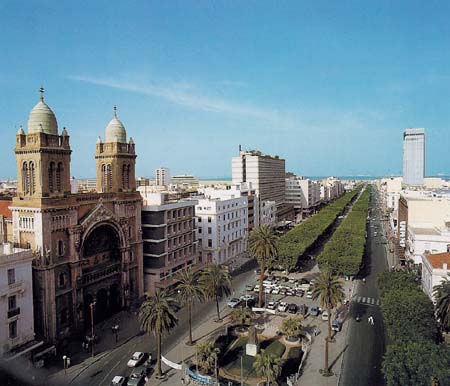
Republic of Tunisia - a country located
in North Africa; dL. 1.3 thousand km Tunisia stretches along the
Mediterranean Sea in the north and east. Tunisia also belong to the
island of Djerba and Kerkennah archipelago in the Gulf of Gabes. Area -
163.6 thousand square meters. km.
In the north-west and west extend low (900-1200 m) eastern foothills of
the Atlas Mountains - Tell Atlas and Tunisian ridge with fertile valleys
and hollows. The highest point in the country - the top Shambaugh (1544
m). South of the Sahara desert is busy covering a third of the country
and called here Rmel El Abiod. Between the mountains and the Sahara
stretching stepped plateaus and the vast plains of the Sahel with
cavities (Schott), which lie at the bottom of the salt lakes, which are
filled with rainwater. In the north, where the sea suitable mountains
and steep rocky coast, with many small bays. East Coast - low, marshy
places, with lagoons and sandbanks.
Climate in Tunisia
In the north of Tunisia
Mediterranean climate with mild, rainy winters and hot dry summers. The
coldest months are January and February. At this time, the temperature
at night drops to +6 ... +8 C, and in some years, and to negative
values, the day is about 15 degrees. The warmest months are July and
August, which at night is usually around 20 degrees at night, the air is
heated up to +32 ... +38. The wettest period is from October to February
(monthly rainfall of 50-60 mm and the number of days with precipitation
ranges from 12 to 16), the driest, July and August (monthly
precipitation of 2-3 mm, and the number of days they are not more than
3). Summer heat on the coast sea breeze softens, so subjectively seems a
little cooler than it actually is. The swimming season lasts from May to
November. At this time the water temperature does not fall below 20
degrees.
In the south (south of the Gulf of Gabes), the climate is more
continental and dry. In the coldest months - January and February - at
night the temperature drops to +5 ... +7, at this time of day 15 ... 17
degrees. The hottest months are July and August, with a night
temperature of 21 ... 23 degrees, day +40. Rainfall decreases
significantly. Even in the "wet" month - October - receives only 33 mm
of rain within 4-6 days of the month, in the most "dry" - June, July and
August - only 2 mm, often in the course of July no precipitation at all.
Traditions of Tunisia
Several years ago,
Tunisia was declared a UNESCO cultural capital of the Mediterranean.
This is one of the most attractive countries in the African continent.
On its soil has been traced by eight great civilizations of the world,
aspiring to these places: the ancient Berbers and puniki, the Romans
conquered the barbarians, the Byzantines, the displaced Arabs, Turks,
French, regardless of which Tunisia has received less than half a
century ago ...
The rich cultural heritage of Tunisia, the uniqueness of its customs and
traditions invariably cause concern for millions of tourists. In
Tunisia, the old traditions are read literally everywhere. They were
sealed in a unique masterpiece of architecture, music and dance, in the
deft movement of the potter and craftsman, finished metal utensils,
weavers, creating patterned carpets ... Each tribe - his drawings, his
coloring. In Tunisia, almost all products - local production.
Of course, one of the most exciting tourist attractions - Tunisian
market in the local "branch", located on the traditional central city
square. Bargaining is not only appropriate but also necessary - this is
an age-old tradition. You can not only buy the products of craftsmen,
but also watch the master at work, creating their own little
masterpieces.
As souvenirs tourists buy elegant birdcages, which is especially famous
for the manufacture of Sidi Bou Said, dolls in national costumes,
traditional musical instruments, famous kayruanskie carpets, gold and
silver Berber jewelry. All sorts of pottery produced mainly in Nabeul
and on the island of Djerba.
Copper products are famous and Tunisia Kairouan. Leather products are
made in Tunisia, Sfax and Kebili. Tunisians - people cheerful and
friendly. Confirmation of this - the abundance of festivals held in the
country, and folk festivals. One of the most significant events in
Tunisia - Carthage Festival, a celebration of music, theater and dance.
It is held every year and lasts from June to August. By the way, the
most popular show in Tunisia - belly dance, a traditional element of the
dance program. Among other festivals - Festival of the Sahara in
December Duse, the spring festival of colors in Nabeul, Carthage Film
Festival, Festival of the hawks in El Howry ...
There are also national, religious and agricultural festivals - such as
palm trees and autumn holiday collection dates in Tozeur and olive
festival, which is arranged at the end of November in Sfax.
Attractions in Tunisia
Dougga
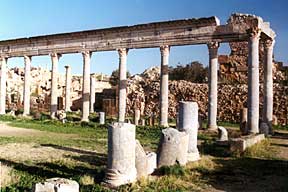
It is 120 km from the capital city of Tunis, you can see perhaps the most interesting antique center of Tunisia - Dougga, is considered one of the best preserved ancient cities. There are a huge number of works belonging to different periods. Phoenician history is Phoenician Mausoleum III century BC In good condition in Dougga is the Roman theater at 3.5 thousand spectators with a diameter of 65 m arena, the Roman Capitol, which was built in 166 AD Here were found fragments of statues of Jupiter, which are now in the capital of Tunisia's Bardo Museum. In the southern part of the city is a magnificent private villas, such as Villa and Villa Seasons Shamrock, located 5 meters below ground level and got their names on the unique mosaics. There also is the Triumphal Arch of Septimius Severus.
Tozeur
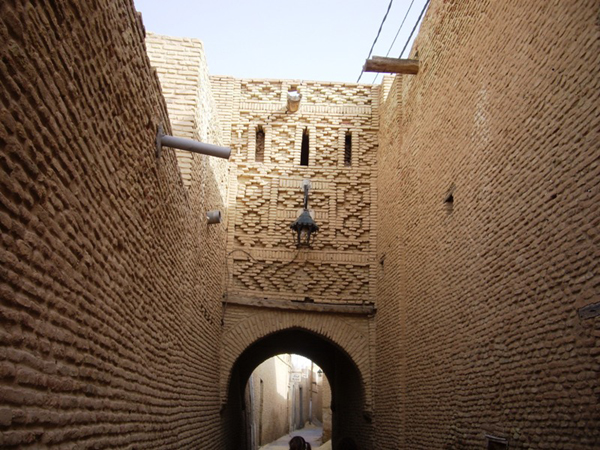
Tozeur is one of the most popular places in Tunisia, and it was from ancient times 8000 BC The main attractions are: the labyrinth of the old town, a museum and a giant palm forest on the northern slope of Mount Chott el Jerid. Delightful old quarter Ouled el Hadef was built in the 14th century AD dynasty merchants El Hadefov who got rich on the caravan trade. This district is a maze of narrow streets, hidden alleyways and small squares. It is worth visiting a small museum of archeology. In addition to the Museum Bardo Museum Dar Chara - the only museum in the country where you can see the value of Tunisia. Here assembled an amazing collection of antiques and pottery, as there is an excellent art gallery and there are several rooms that played Tunisians living in the past. In these rooms have a bed last Bey, palace furniture and utensils, a hammam and a Bedouin tent. Museum employees dressed as servants Beys. Tozeur palm forest is the second largest in the country, in which there are 200,000 palm trees, covering an area of 10 square kilometers This is a classic example of the agricultural oasis, to which 200 sources serves more than 60 million liters of water a day. The best way to see the palm forest on foot or by bike, which can be rented at the entrance to the forest.
Cities in Tunisia
Jendouba
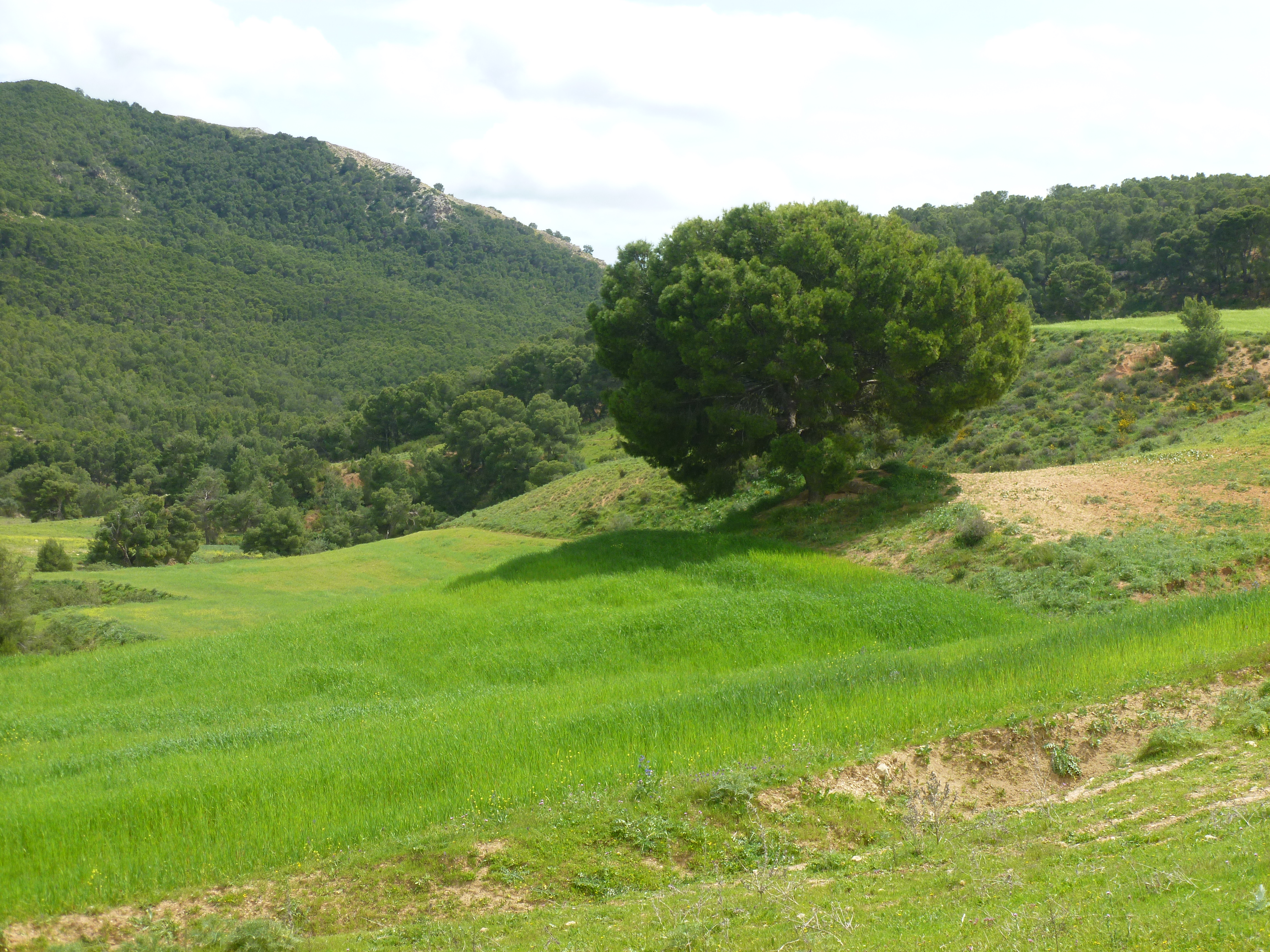 Zhenduba located in the
north-west of Tunisia on the border with Algeria. Zhenduba 3102 km2
area. According to the 2005 population of 418,000 people.
Zhenduba located in the
north-west of Tunisia on the border with Algeria. Zhenduba 3102 km2
area. According to the 2005 population of 418,000 people.
Zhenduba was the heir of the city, which came after it was destroyed by
the city of Carthage. It happened during the Third Punic War in 146 BC
From the first century BC entrenched in the country the status of
community importance such Bulla Riga was connected with the road, which
was held here and connected with Bon Carthage. The city arose on the
southern Great Plains Medjerda. And the very core of the future Zhenduba
formed around a small station, which was built by September 1, 1879 by
the French. Formed in this market place El Arba subsequently became the
center of the city Zhenduba. Initially, the city was built with a simple
buildings in the northern part of the railway, but gradually began to
emerge on the south side of the street, the first of the streets were
educated Mohammed Ali Street and Street Sakiat Sidi Youssef. Before the
city got its present name, it was called "Bazar El Arba", it had to do
with the weekly trade fair day, by the way, which still exists today.
But officially present name Zhenduba received 30 April 1966.
Zhenduba tourist town, with hotels so there are no problems, the price
level of service in hotels from the most expensive to the cheapest.
Transportation is very diverse, as in other matters in almost all of
Tunisia.
In ancient times the city's bull Riga, located 8 km from Zhenduba was
one of the most famous settlements existed in the Roman, Byzantine and
Carthaginian era, so it has focused a lot of monuments that have
survived to this day. Archaeological excavations in 1900 have revealed
the church, theater, market, and several underground houses. Visiting
historical monuments, you will see the magnificent Roman mosaics, which
were adorned the walls of houses in the form of scenes from everyday
life and the world of deities. 20 km west of Zhenduba conducted
archaeological excavations in the cemetery which found numide, emerged
as early as the Roman era. Today you can visit the museum, which
features rare historical objects.
Menzel Bourguiba
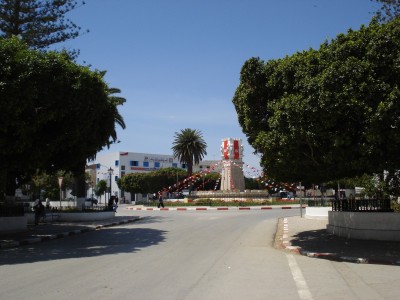 Founded
by the French in the XIX century. a small town in northern Tunisia, 24
km from Bizerte and 60 km from the capital. In Menzel Bourguiba are
shipyards.
Founded
by the French in the XIX century. a small town in northern Tunisia, 24
km from Bizerte and 60 km from the capital. In Menzel Bourguiba are
shipyards.
First (1881), the city was named in honor of the French Ferrivil French
Prime Minister Jules Ferry, known for its policy of colonial expansion.
In 1956, Menzel Bourguiba, was renamed in honor of the first president
of Tunisia.
The city was founded during the French protectorate as a naval ship
repair base because of its strategic location between the lake and
Ishkel Bizertskim lake and to the Mediterranean Sea.
The main economic activity is related to the Menzel Bourguiba shipyards,
which are currently experiencing difficult times.
In the 70's and 80's, when Tunisia had more merchant navy, and when the
Soviet Union used Menzel Bourguiba as a dry dock for its ships them
shipyards flourished. The number of workers they had more than 1,300
people.
Shipyards were recently bought a French ship-repair company Compagnie
Marseille Réparation.
Menzel Bourguiba population is 47.7 thousand people (2004). M / A
station. Knot of highways. Metallurgical Plant. The metalworking
industry..